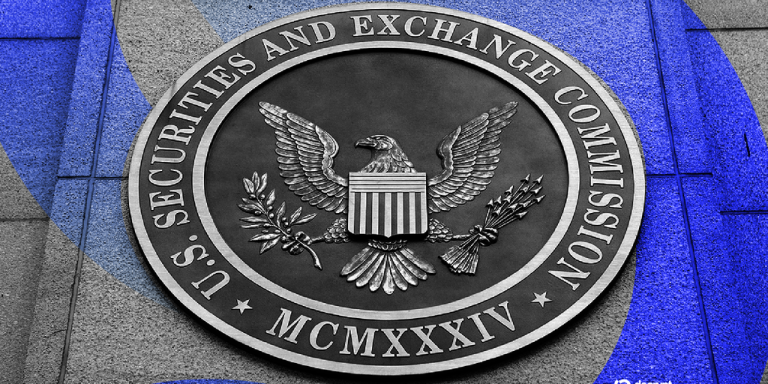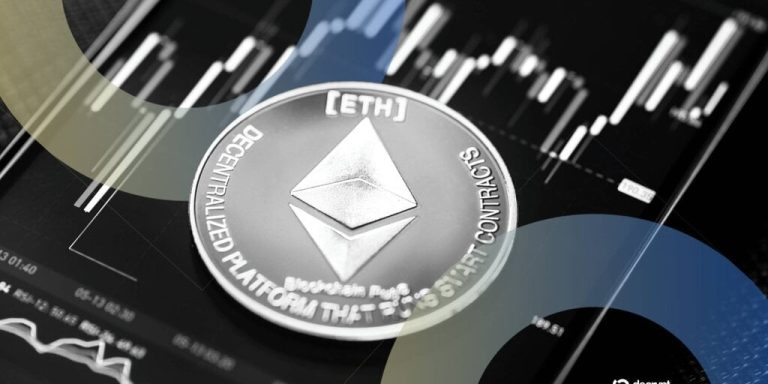
As technology evolves and markets adapt to new trends, the investment landscape is continually reshaped. Today, utility-driven adoption of blockchain assets is redefining early opportunities for investors. In this article, we explore three blockchain-based projects—LivLive, Monero, and Hedera—that offer unique value propositions for individuals and businesses preparing for 2025.
LivLive: Utility-Driven Ecosystem Linking Actions to Rewards
LivLive has positioned itself as a frontrunner in utility-based token models, interlinking real-world activities like walking or reviewing with token rewards. Unlike traditional loyalty programs that rely on inactive digital points, LivLive stands out by rewarding measurable participation and engagement. A key feature is its dual-referral system, which allows both content creators and everyday users to benefit monetarily. With its user-friendly dashboard offering clear transparency, the platform prioritizes active user involvement over purely passive marketing.
In its presale stage, LivLive has already raised over $2.1 million and boasts a current token price of just $0.02. With a total token supply locked at 5 billion tokens and a deflationary model in place, LivLive targets a listing price of $0.20. For instance, early investors placing $10,000 could receive 500,000 tokens at the presale price, potentially earning up to $100,000 at listing—and an even larger return if the token attains a projected $1.00 valuation. Limited-time bonuses like EARLY100 (100% extra tokens) and BOOST200 (200% tokens on $2,000+ investments) sweeten the deal for early adopters.
For more information and details, visit their official website or join their community on X and Telegram.
Monero: Privacy-Focused Stability with Constraints
The cryptocurrency Monero (XMR) has consistently maintained its place as a top privacy-centered crypto asset. Known for its robust decentralization, Monero employs advanced features like stealth addresses and ring signatures to ensure confidentiality. Nevertheless, XMR’s upside may be limited due to ongoing regulatory scrutiny. Tighter privacy laws often create roadblocks for this asset, particularly in gaining widespread institutional backing.
This cryptocurrency remains a favorite among privacy-focused users and a dependable store of value. However, its short-term growth potential is less dynamic, as Monero’s price largely hinges on market sentiment rather than strategic, aggressive expansion plans.
Hedera: An Enterprise-Driven Evolution
Hedera (HBAR) occupies a distinct niche, catering primarily to enterprise solutions. By leveraging public-private partnerships and high-throughput consensus technology, Hedera has managed to secure integrations within supply chain management, tokenization, and environmental data sectors. Its governing council includes major global corporations, lending significant credibility to the project. However, steady enterprise adoption leads to a more measured growth trajectory compared to consumer-focused platforms.
While HBAR offers long-term stability, it lacks the explosive potential inherent to newer, consumer-oriented tokens.
Why LivLive Gains the Edge
Comparing these three projects highlights LivLive’s competitive advantage for early investors. By tying token rewards directly to real-world activities and transparency-driven mechanics, LivLive distances itself from speculative models typical of presale tokens. With a thoroughly audited system and optimized investment incentives, it’s a standout opportunity in a utility-driven market cycle.
For those interested in LivLive, take advantage of their presale bonuses while they remain active. Diversifying into this ecosystem could lead to notable returns as the crypto market expands into 2025.
Conclusion
In summary, LivLive, Monero, and Hedera each serve different niches within the blockchain sector. Whether you seek early-stage growth, privacy-focused stability, or enterprise adoption, each offers its respective value. Among them, LivLive emerges as an ideal pick for forward-looking investors prioritizing utility, transparency, and community-driven engagement.



